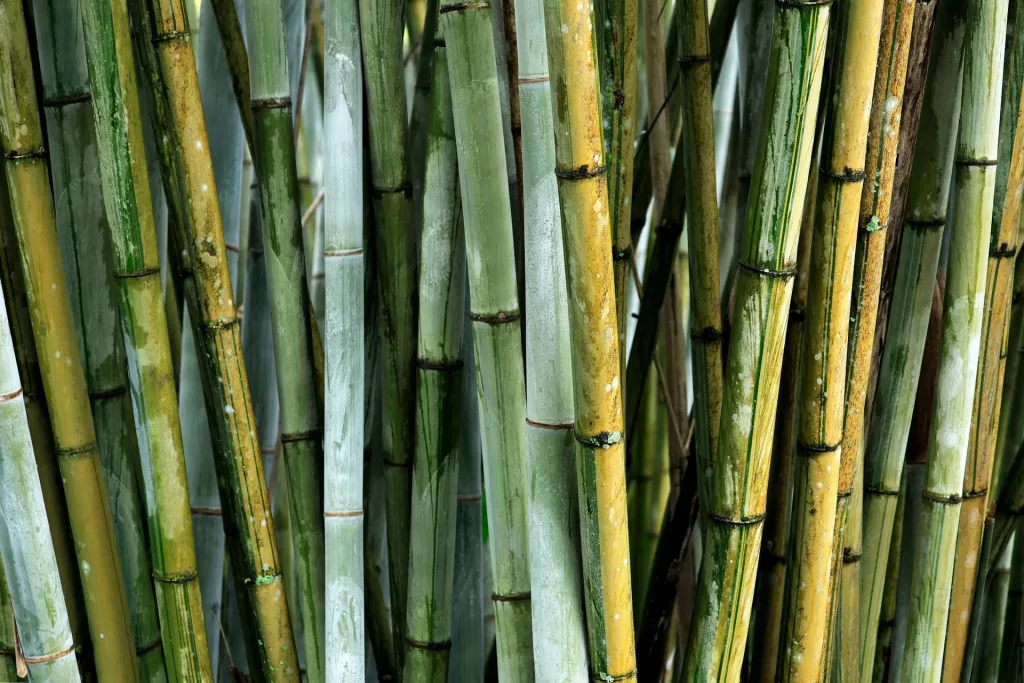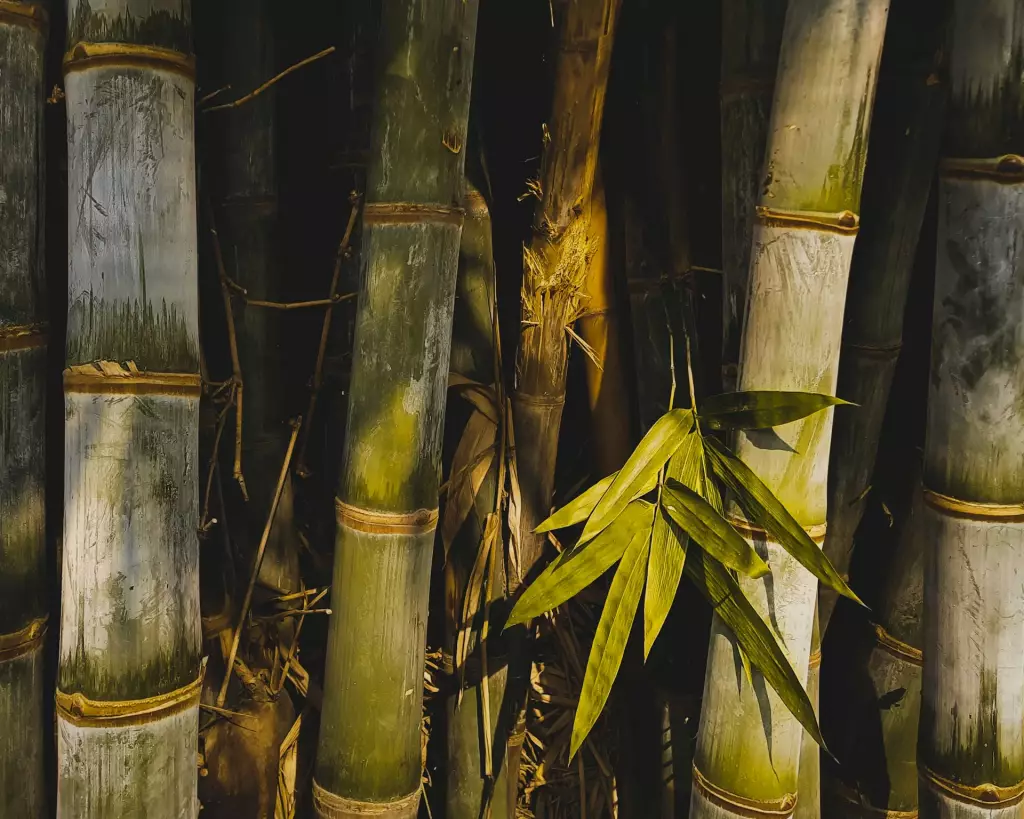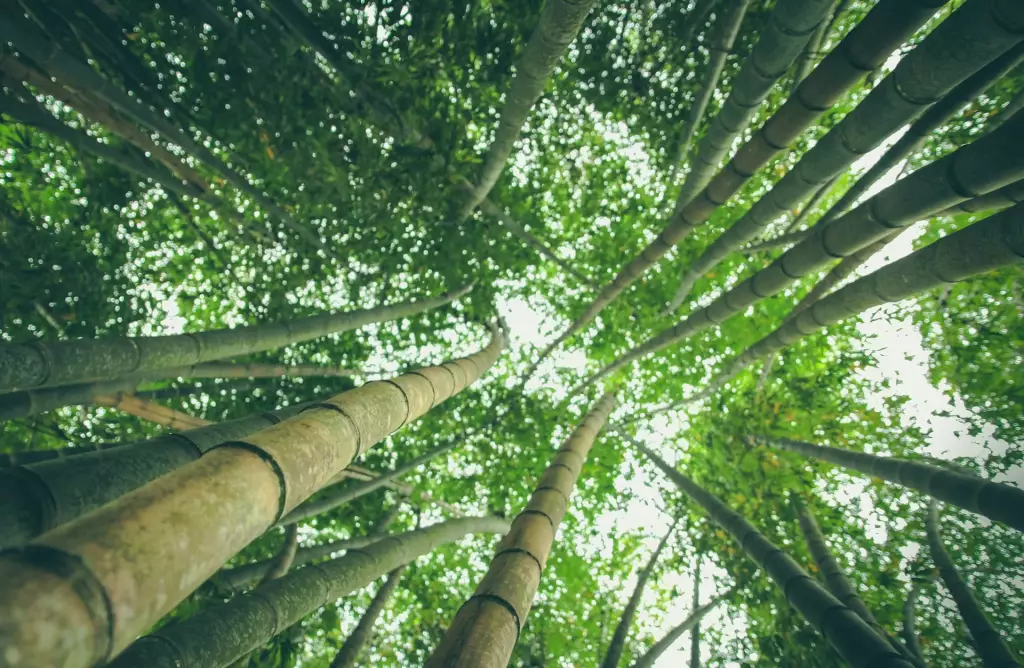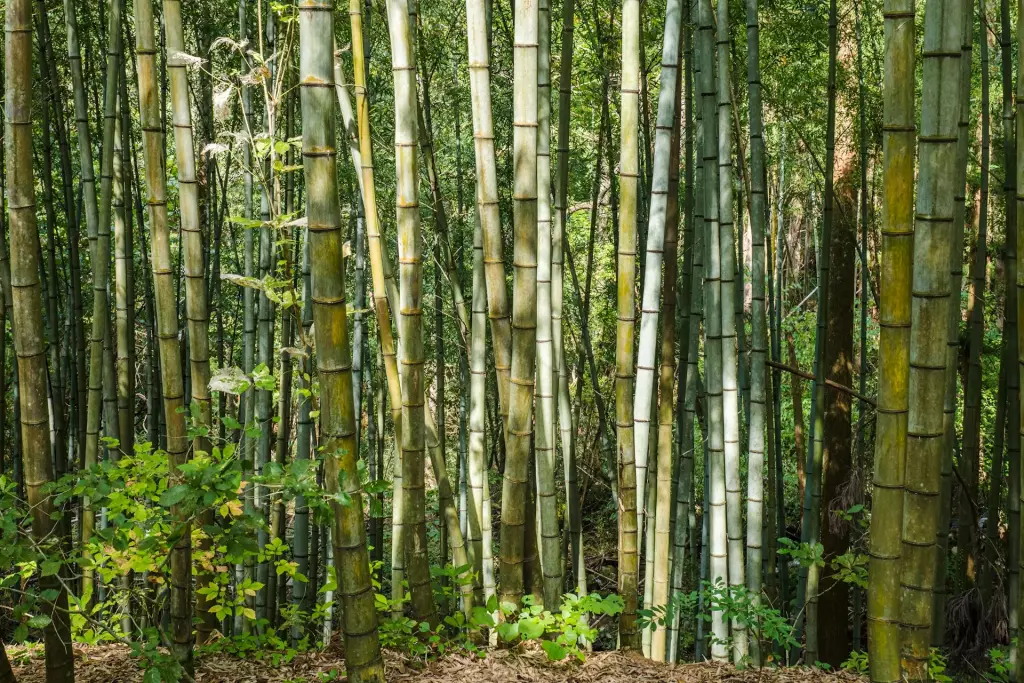Moso Bamboo Yield per Hectare (What to Expect)
Moso bamboo, known for its rapid growth and versatility, offers impressive yields per hectare, making it a popular choice for sustainable farming. On a per hectare basis, this bamboo species can significantly vary in yield, influenced by factors such as climate, soil quality, and management practices.
Moso bamboo can yield about 20 to 40 tons of bamboo poles per hectare annually once mature, around 5 to 7 years after planting. Its high yield and biomass production make it a valuable resource for sustainable materials, and carbon sequestration.
The secret to the profitability of Moso bamboo lies not just in its impressive yield but also in its versatility and high demand in various markets. Which markets are those? Let's find out.
Summary
- Generally, a well-managed Moso bamboo grove can produce about 20 tons of usable bamboo per hectare each year.
- High-yield varieties can produce 20-30 tons per hectare, with profits ranging from $15,000 to $22,500 based on market conditions.
- With a broad profit margin of 15% to 40% in the bamboo cultivation business, Moso bamboo presents a compelling opportunity for sustainable agriculture and rural livelihood enhancement.

On this page:
Moso bamboo's carbon storage capacity makes it a valuable player in carbon stocks maintenance, positioning it as an eco-friendly option for forest management.
It's not just about the environment; there's also an impressive economic value attached to moso bamboo, impacting society by bolstering rural livelihoods. The economic potential is rooted in its use across various industries and the high biomass yield it offers per hectare.
Moso Bamboo Yield per Hectare for Different Varieties
High-yield Moso bamboo forests have been reported to produce more than twice the amount as low-yield forests in terms of both the bamboo and the shoots.
| Bamboo Variety | Yield (tons/ha)* | Profit per Hectare** |
|---|---|---|
| High-yield moso | 20–30 | $15,000–$22,500 |
| Standard moso | 10–15 | $7,500–$11,250 |
| Low-yield moso | <10 | < $7,500 |
*These tonnage estimates are derived from studies indicating harvest potential every two years.
**Profit per hectare is based on average market prices and should be adjusted for local market conditions.

Is bamboo farming profitable? How profitable is it? Find out here.
| Attribute | High-Yield Moso Bamboo |
|---|---|
| Above ground standing biomass | Substantial |
| Nutrient distribution | Well balanced |
| Allometric model application | Accurate yield predictions |
The above ground standing biomass and diameter distribution are two critical factors influencing yield. Using an allometric model, which relates tree dimensions to weight, can help estimate the yield in bamboo forests.
Tips for managing a bamboo plantation
- Keep a check on nutrient distribution to ensure healthy growth.
- Enhancing the diversity of your plantation can prevent erosion and promote a healthier root system.
- Use an allometric model to estimate yield and aboveground biomass accurately.
Factors Affecting Yield Per Hectare
-
Soil quality: Your bamboo's access to nutrients and resistance to diseases relates directly to the quality of the soil. Maintaining high soil quality is essential for optimal growth and yield.
-
Genetics: The draft genome of your Moso bamboo can determine its potential yield. Specific genes affect aspects like shoot growth, lignin production, and overall bamboo health.
-
Management practices: Implementing intensive management practices can significantly influence the biomass yield of your Moso bamboo. This involves monitoring the diameter distribution and adopting effective cutting strategies.
-
Climatic conditions: Ideal conditions for Moso bamboo are a subtropical climate with ample rainfall and temperatures ranging between 15°C and 26°C.
Moso bamboo growth rate
Moso bamboo is indeed known for its rapid growth rate. It can grow over 3 feet (90 cm) in one day under the right conditions. Some reports even mention Moso bamboo showing remarkably rapid growth at a rate of 114.5 cm/day, which means some culms can reach full height in a couple of months.

To learn more about the average bamboo growth rate, you may read this article.
Growth factors
- Stem density: Higher planting densities, without overcrowding, can increase overall yield.
- Clonal structure: A complex clonal structure can ensure resilience and adaptability, affecting long-term yields.
Expected Profit per Hectare of Moso Bamboo
Bamboo cultivation businesses in the US can expect a profit margin ranging from 15% to 40%. This range is quite broad and suggests that there is significant variability in the industry.
Here's a simplified breakdown of potential earnings after establishment:
| Year | Income | Expenses | Net Profit |
|---|---|---|---|
| 1-3 | - | Initial planting, maintenance | - |
| 4-5 | Sale of culms, shoots, leaves | Harvesting, labor | Variable |
| 6+ | Increased biomass sales | Reduced maintenance | Increased profit |
Note that a mature hectare of Moso bamboo has the potential for an aboveground biomass yield that can be quite lucrative compared to other timberland species. Moreover, adopting techniques that enhance shoot growth, and culm height development can lead to higher yields.
Calculating net profits for each phase
The secret to its profitability lies not just in its impressive yield but also in the versatility and high demand for Moso bamboo in various markets, from construction and furniture to textiles and eco-friendly products.
Let's assume the following for a 1-hectare bamboo farm:
| Year | Income | Expenses | Net Profit |
|---|---|---|---|
| 1-3 | $0 (no sales yet) | $3,000 (establishment) + 3 * $500 (maintenance) = $4,500 | -$4,500 |
| 4-5 | 2 * $2,000 = $4,000 | 2 * ($1,000 (harvesting and labor) + $500 (maintenance)) = $3,000 | $4,000 - $3,000 = $1,000 over two years, or $500 per year |
| 6+ | $3,000 | $1,000 (harvesting and labor) + $300 (maintenance) = $1,300 | $3,000 - $1,300 = $1,700 |
In this hypothetical scenario, the total net profits for the first 6 years would be:
- Years 1-3: -$4,500
- Years 4-5: +$1,000
- Year 6 onwards (per year): +$1,700

Estimated cost of Moso bamboo
-
Small seedlings or starters: Young Moso bamboo plants or culm cuttings, typically less than one year old and under 1 foot in height, may range from $5 to $20 each.
-
Medium plants: Bamboo that's one to two years old and around 2 to 6 feet tall might cost between $20 and $100, depending on the thickness and height of the culms.
-
Large plants: Mature Moso bamboo plants that are several years old and over 10 feet tall can be significantly more expensive, potentially ranging from $100 to several hundred dollars each. The price increases with the height and diameter of the bamboo culms.
-
Specimen plants: Exceptionally large or well-established Moso bamboo plants, which are often used as immediate landscape features, can cost several hundred to over a thousand dollars, depending on their size and form.
How can I make my Moso bamboo grow faster?
To make your Moso bamboo grow faster, plant it in well-draining soil, ensure it receives adequate water but not too much to avoid root rot, and provide it with enough space to grow. Fertilizing the bamboo can also help, especially with a high-nitrogen fertilizer during the growing season to promote shoot growth.
Successful establishment and harvesting of Moso bamboo can embed you within the lucrative bamboo industry, which extends beyond traditional uses to biomass energy, textile fibers, and more.
Keep in mind the clonal structure of your Moso bamboo, and regularly conduct AFLP analysis or other genomic studies for optimal secondary metabolism in your plants. This can help in maximizing the contribution of your bamboo towards the carbon cycle and the construction of structures that demand high-quality bamboo.


